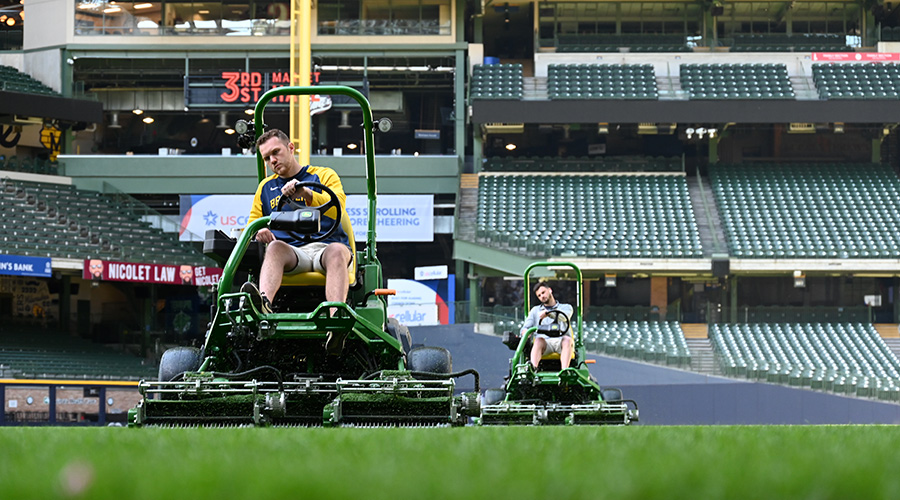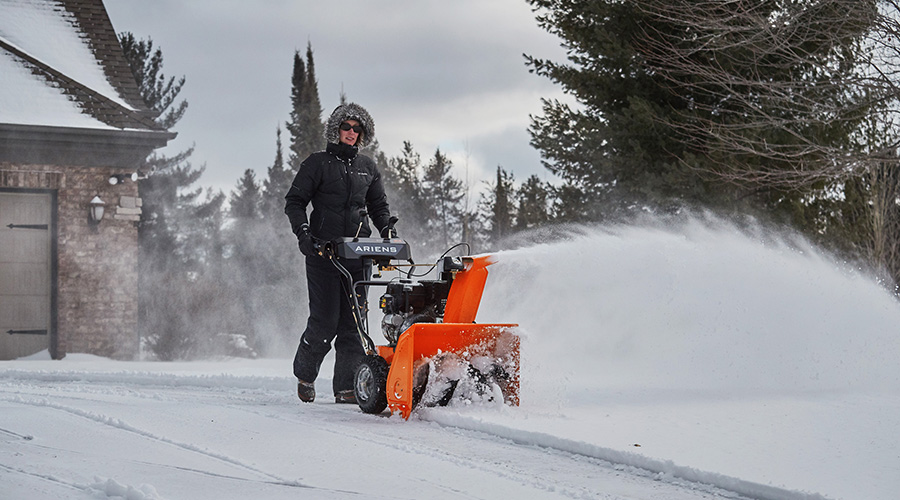Upgraded Irrigation Systems Can Mean Huge Cost Savings
Control considerations
Managers who are considering an upgrade of their irrigation systems also must factor in potential savings that can result from fewer system-maintenance requirements.
Baylor University in Waco, Texas, hopes to replace all of its irrigation controllers on campus by 2014, says Brandon Martin, the university's assistant grounds manager. The upgraded system will include a weather station and provide customized cost and consumption reports to measure water and cost savings.
Before upgrades to a centralized control system began in 2012, Baylor workers spent a total of 224 hours a year to turn the system on and off or make seasonal adjustments, Martin says.
A 2011 campus irrigation study determined that an ET system was the best approach for conserving water and saving money. This system measures the amount of water lost to the atmosphere from the ground surface over time. Test results showed a 30-35 percent reduction in water use, a projected annual savings of $13,000, and a large reduction in the campus's carbon footprint.
"Probably the No. 1 feature was the remote (control) capability of the system," Martin says. "My irrigator is now able to, without going to the controller, run a system check to look at a problem. He's able to get an activity report in the morning of the last night's run times and see if there are any alarms.
"Basically, all the (irrigation controllers) installed with the new system have a flow meter and a master valve installed, so it detects how much flow should go through the zone. And if it's outside that window that we set, it will shut the system off."
Another factor in Baylor's decision to upgrade its irrigation system was the rising cost of maintenance.
"Parts just wore out," Martin said. "When you're talking about the amount of pressure that goes through a pipe, a valve, or a head, you are going to have problems with stuff blowing out or breaking. The newer systems don't require as much maintenance and are up to date with technology, so it lasts longer."
Sandia's Vincent says the flow-sensing feature was the most important aspect of his facility's system. Since installation of its central control irrigation system in 2008, Sandia's anual water use is down 36 percent, from 70 million gallons to 45 million gallons.
"One of the things we were having challenges with was (that) our irrigation system has been around some 50-plus years," he says. "To have the automatic shutdown when the system detects a high flow, that was a driving factor."
Related Topics:













